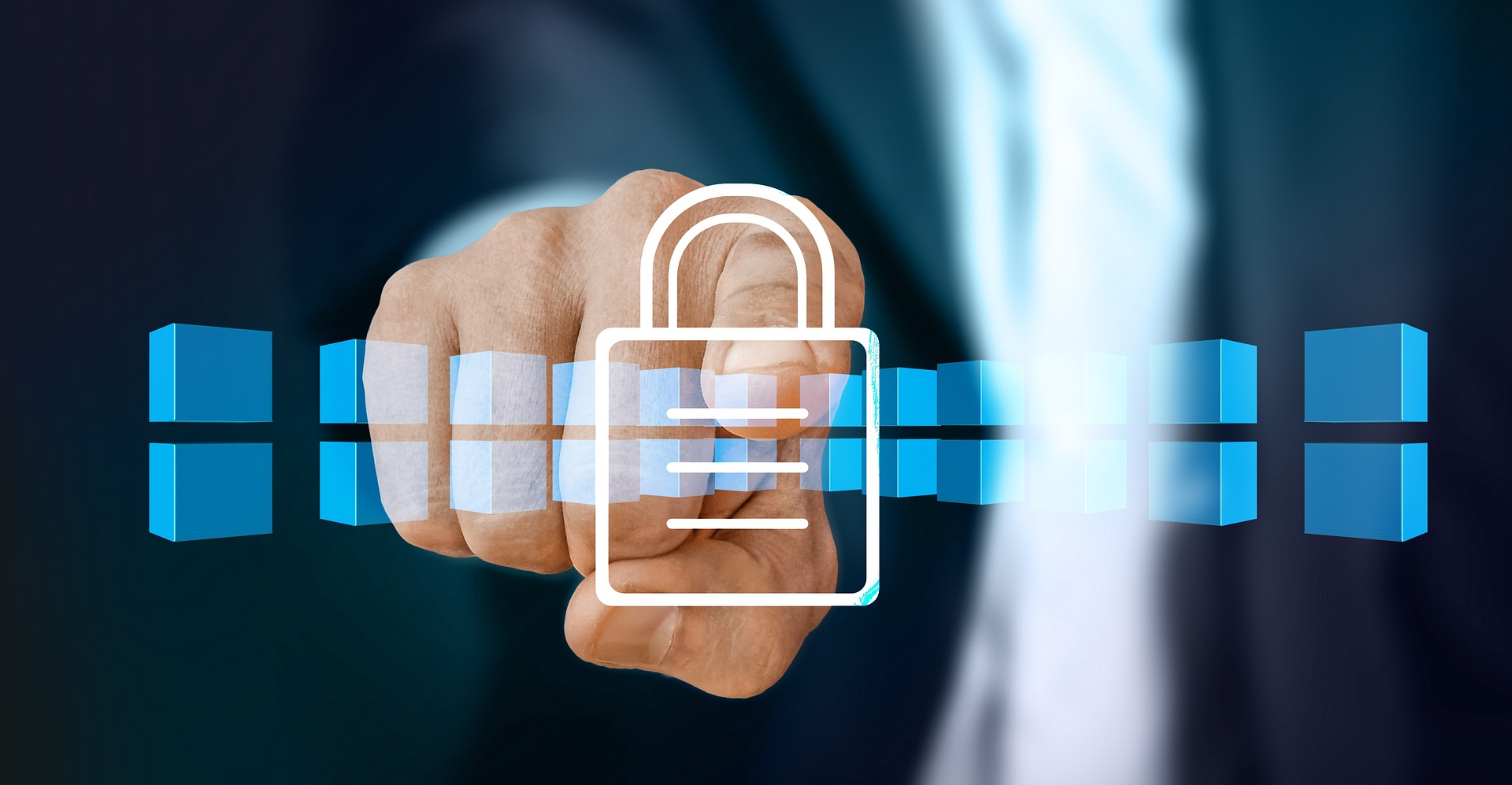

A blockchain is a decentralized, digital ledger of transactions that is distributed across a network of computers. Each block in the chain contains a record of multiple transactions, and once data is recorded on a block, it cannot be altered. This makes the blockchain a secure and transparent way to store and transfer data.
So, how is a blockchain secured? There are several key security measures that ensure the integrity and immutability of a blockchain. These include:
Cryptographic hashing: Each block in a blockchain contains a cryptographic hash of the previous block, as well as a timestamp and transaction data. A cryptographic hash is a unique, fixed-size string of characters that is generated using a mathematical algorithm. It is virtually impossible to predict the output of a cryptographic hash function, and even a small change to the input data will result in a completely different hash. This ensures that the data in each block cannot be altered without detection.
Proof of work (PoW): In order to add a new block to a blockchain, a participant (also known as a "miner") must solve a complex mathematical problem. This process, known as "mining," requires a significant amount of computing power and is designed to be resource-intensive. The first miner to solve the problem gets to add the new block to the chain and is rewarded with a certain number of cryptocurrency units. This process, known as proof of work, helps to ensure that the blockchain is secure by making it expensive and time-consuming for an attacker to add fraudulent blocks to the chain.
Consensus algorithms: A consensus algorithm is a set of rules that determine how the network reaches agreement on the state of the blockchain. Different blockchains use different consensus algorithms, but all of them aim to ensure that the network reaches a consensus on the validity of transactions and the order in which they are added to the chain. This helps to prevent fraud and ensure the integrity of the blockchain.
Private key encryption: In order to access and transfer cryptocurrency units stored on a blockchain, a user must have a private key. A private key is a long string of characters that is used to encrypt and decrypt data. It is crucial that users keep their private keys secure, as anyone with access to a user's private key can access and transfer their cryptocurrency units.
Decentralization: One of the key security features of a blockchain is its decentralized nature. Because the blockchain is distributed across a network of computers, there is no single point of failure that can be exploited by an attacker. This makes it much more difficult for an attacker to compromise the security of the blockchain.
In summary, a blockchain is secured through the use of cryptographic hashing, proof of work, consensus algorithms, private key encryption, and decentralization. These security measures ensure the integrity and immutability of the blockchain, making it a secure and transparent way to store and transfer data.
210 5th Ave
New York, NY 10010, USA
+1 (424) 332-8361
Jana Pawla II 27
00-867 Warsaw, Poland
+48 792 747 357
© 2025 Inbound Marketing and BI Agency for Programmatic companies. All rights reserved.